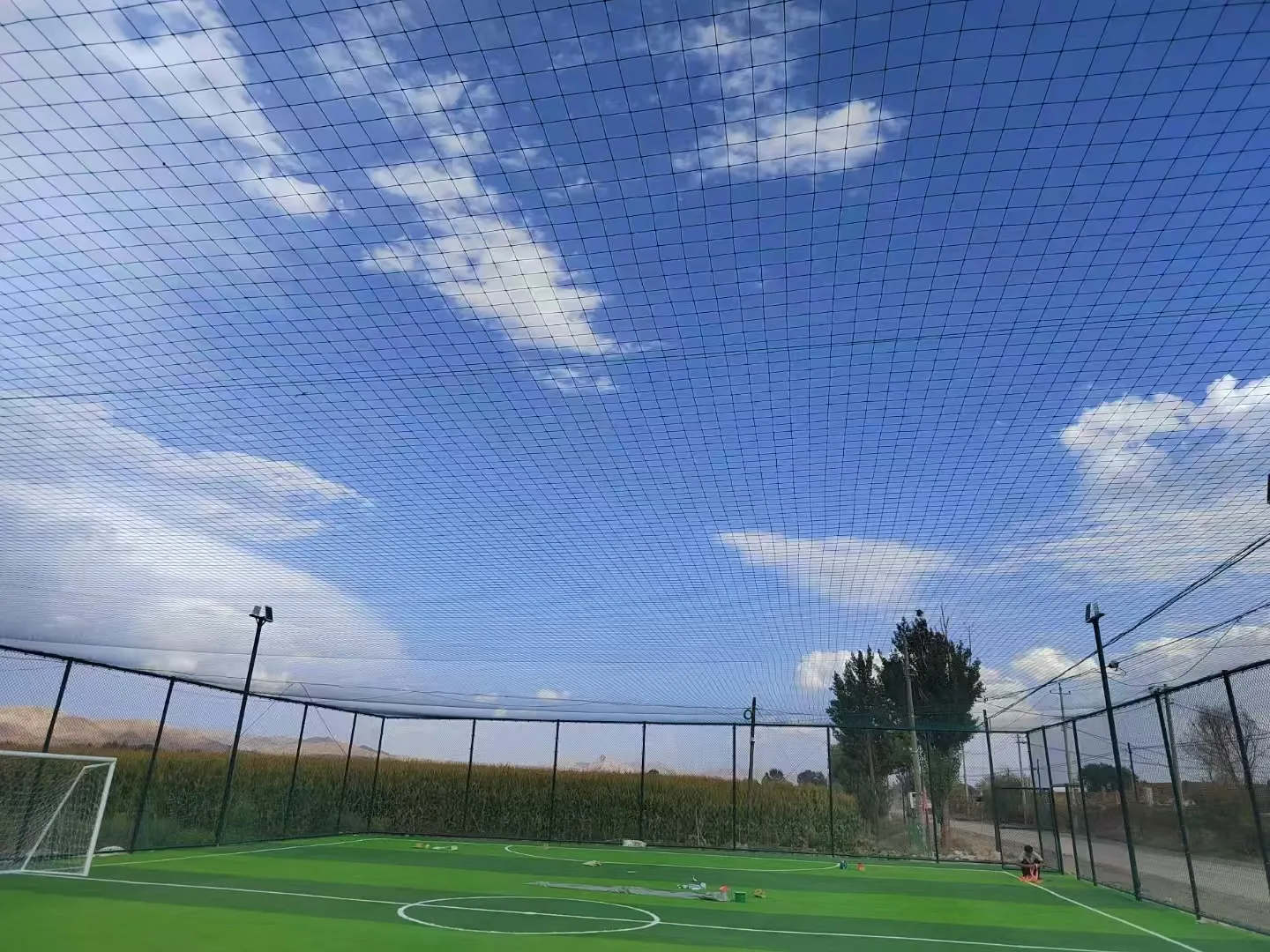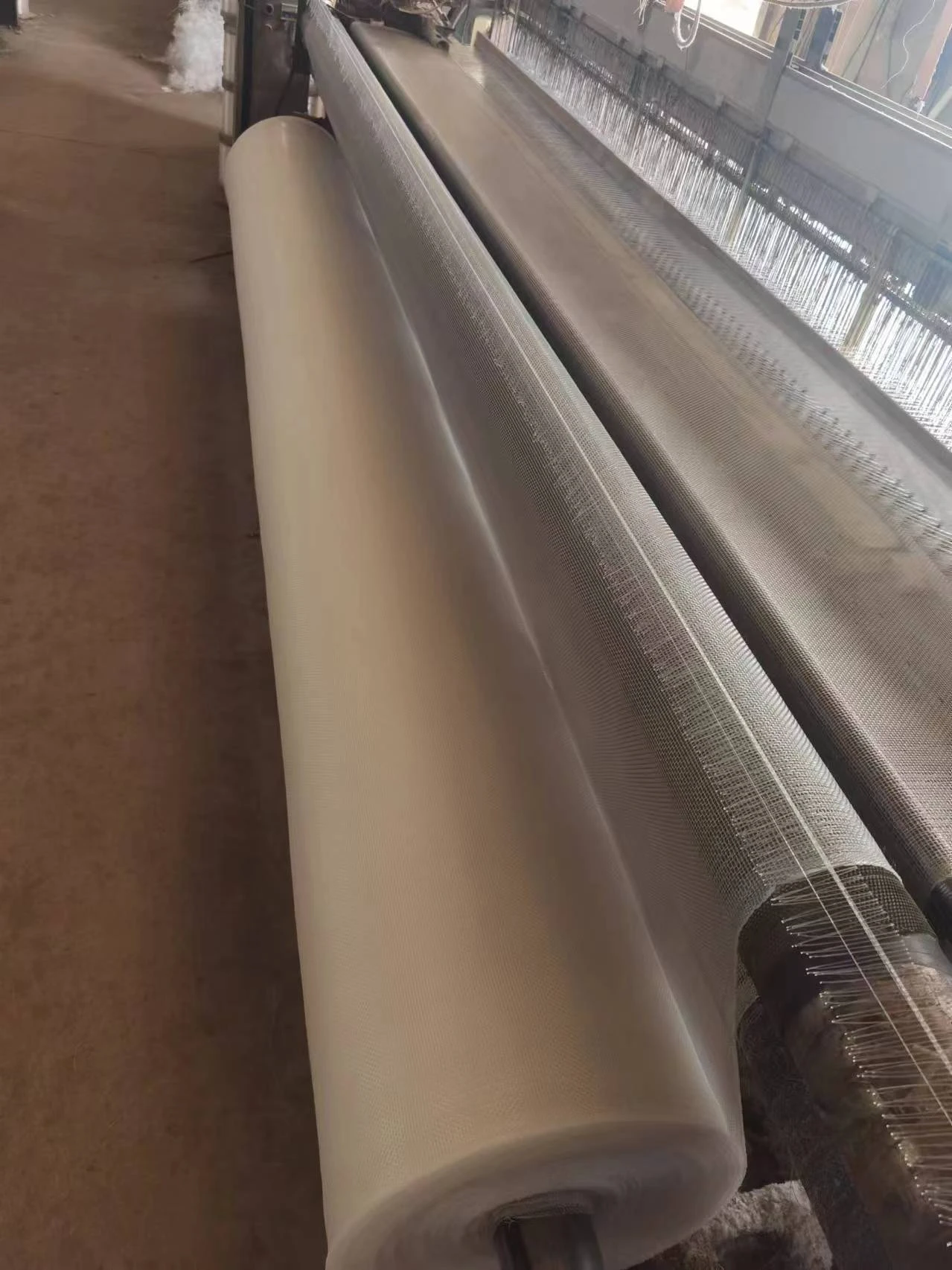-
 Afrikaans
Afrikaans -
 Albanian
Albanian -
 Amharic
Amharic -
 Arabic
Arabic -
 Armenian
Armenian -
 Azerbaijani
Azerbaijani -
 Basque
Basque -
 Belarusian
Belarusian -
 Bengali
Bengali -
 Bosnian
Bosnian -
 Bulgarian
Bulgarian -
 Catalan
Catalan -
 Cebuano
Cebuano -
 China
China -
 Corsican
Corsican -
 Croatian
Croatian -
 Czech
Czech -
 Danish
Danish -
 Dutch
Dutch -
 English
English -
 Esperanto
Esperanto -
 Estonian
Estonian -
 Finnish
Finnish -
 French
French -
 Frisian
Frisian -
 Galician
Galician -
 Georgian
Georgian -
 German
German -
 Greek
Greek -
 Gujarati
Gujarati -
 Haitian Creole
Haitian Creole -
 hausa
hausa -
 hawaiian
hawaiian -
 Hebrew
Hebrew -
 Hindi
Hindi -
 Miao
Miao -
 Hungarian
Hungarian -
 Icelandic
Icelandic -
 igbo
igbo -
 Indonesian
Indonesian -
 irish
irish -
 Italian
Italian -
 Japanese
Japanese -
 Javanese
Javanese -
 Kannada
Kannada -
 kazakh
kazakh -
 Khmer
Khmer -
 Rwandese
Rwandese -
 Korean
Korean -
 Kurdish
Kurdish -
 Kyrgyz
Kyrgyz -
 Lao
Lao -
 Latin
Latin -
 Latvian
Latvian -
 Lithuanian
Lithuanian -
 Luxembourgish
Luxembourgish -
 Macedonian
Macedonian -
 Malgashi
Malgashi -
 Malay
Malay -
 Malayalam
Malayalam -
 Maltese
Maltese -
 Maori
Maori -
 Marathi
Marathi -
 Mongolian
Mongolian -
 Myanmar
Myanmar -
 Nepali
Nepali -
 Norwegian
Norwegian -
 Norwegian
Norwegian -
 Occitan
Occitan -
 Pashto
Pashto -
 Persian
Persian -
 Polish
Polish -
 Portuguese
Portuguese -
 Punjabi
Punjabi -
 Romanian
Romanian -
 Russian
Russian -
 Samoan
Samoan -
 Scottish Gaelic
Scottish Gaelic -
 Serbian
Serbian -
 Sesotho
Sesotho -
 Shona
Shona -
 Sindhi
Sindhi -
 Sinhala
Sinhala -
 Slovak
Slovak -
 Slovenian
Slovenian -
 Somali
Somali -
 Spanish
Spanish -
 Sundanese
Sundanese -
 Swahili
Swahili -
 Swedish
Swedish -
 Tagalog
Tagalog -
 Tajik
Tajik -
 Tamil
Tamil -
 Tatar
Tatar -
 Telugu
Telugu -
 Thai
Thai -
 Turkish
Turkish -
 Turkmen
Turkmen -
 Ukrainian
Ukrainian -
 Urdu
Urdu -
 Uighur
Uighur -
 Uzbek
Uzbek -
 Vietnamese
Vietnamese -
 Welsh
Welsh -
 Bantu
Bantu -
 Yiddish
Yiddish -
 Yoruba
Yoruba -
 Zulu
Zulu
Januari . 14, 2025 12:00
Back to list
Bird Proof Netting Stretchy Bird Netting for Garden
In a world where the boundaries between nature and human habitats often blur, a unique challenge arises protecting our properties while respecting nature's creatures. The bird screen mesh emerges as an innovative solution, balancing this delicate equation. Unlike ordinary meshes, bird screen meshes are designed with both functionality and ecology in mind.
As an expert, recommending bird screen mesh also involves a thorough grasp of ecological implications. This isn't just about keeping birds out; it's about preventing harm to avian populations while safeguarding human interests. The ideal mesh should deter birds without posing a threat to their well-being. There should be no rough edges, toxic materials, or excessively small gaps that might trap or injure birds. Ethical considerations play an increasing role, as more consumers are conscious of their environmental footprint. Trustworthiness in the application of bird screen mesh speaks to both the product's reliability and the ethical standards upheld. It’s essential to source meshes from reputable manufacturers committed to sustainable practices. These manufacturers should have credible certifications and a track record of success in bird deterrence without ecological harm. Furthermore, consumer education is key. Providing factual data on the product's effectiveness, as well as transparent business practices, helps build a rapport of trust with clients. In practice, the effectiveness of bird screen mesh can be quantified and shared through case studies and real-world applications. A vineyard, for instance, utilizing bird screen mesh might report a significant decrease in lost yields due to bird interference, translating to increased profitability. Similarly, homeowners can testify to a marked reduction in cleaning and repair costs associated with bird-related damages, not to mention the peace of mind that sidling up to their bird-friendly installation brings. In conclusion, bird screen mesh is more than just a tool for exclusion; it is a finely-tuned product integrating technology, ecology, and human ingenuity. By fostering a coexistence philosophy, we not only protect our investments but endorse the protection of ecological balances. This holistic approach, rich with experience, expertise, authority, and trustworthiness, aligns business practices with environmental stewardship, ensuring a vibrant and harmonious future for all inhabitants of our shared world.


As an expert, recommending bird screen mesh also involves a thorough grasp of ecological implications. This isn't just about keeping birds out; it's about preventing harm to avian populations while safeguarding human interests. The ideal mesh should deter birds without posing a threat to their well-being. There should be no rough edges, toxic materials, or excessively small gaps that might trap or injure birds. Ethical considerations play an increasing role, as more consumers are conscious of their environmental footprint. Trustworthiness in the application of bird screen mesh speaks to both the product's reliability and the ethical standards upheld. It’s essential to source meshes from reputable manufacturers committed to sustainable practices. These manufacturers should have credible certifications and a track record of success in bird deterrence without ecological harm. Furthermore, consumer education is key. Providing factual data on the product's effectiveness, as well as transparent business practices, helps build a rapport of trust with clients. In practice, the effectiveness of bird screen mesh can be quantified and shared through case studies and real-world applications. A vineyard, for instance, utilizing bird screen mesh might report a significant decrease in lost yields due to bird interference, translating to increased profitability. Similarly, homeowners can testify to a marked reduction in cleaning and repair costs associated with bird-related damages, not to mention the peace of mind that sidling up to their bird-friendly installation brings. In conclusion, bird screen mesh is more than just a tool for exclusion; it is a finely-tuned product integrating technology, ecology, and human ingenuity. By fostering a coexistence philosophy, we not only protect our investments but endorse the protection of ecological balances. This holistic approach, rich with experience, expertise, authority, and trustworthiness, aligns business practices with environmental stewardship, ensuring a vibrant and harmonious future for all inhabitants of our shared world.
Latest news
-
Shipping Plastic Bags for Every NeedNewsJul.24,2025
-
Safety Netting: Your Shield in ConstructionNewsJul.24,2025
-
Plastic Mesh Netting for Everyday UseNewsJul.24,2025
-
Nylon Netting for Every UseNewsJul.24,2025
-
Mesh Breeder Box for Fish TanksNewsJul.24,2025
-
Expanded Steel Mesh Offers Durable VersatilityNewsJul.24,2025











